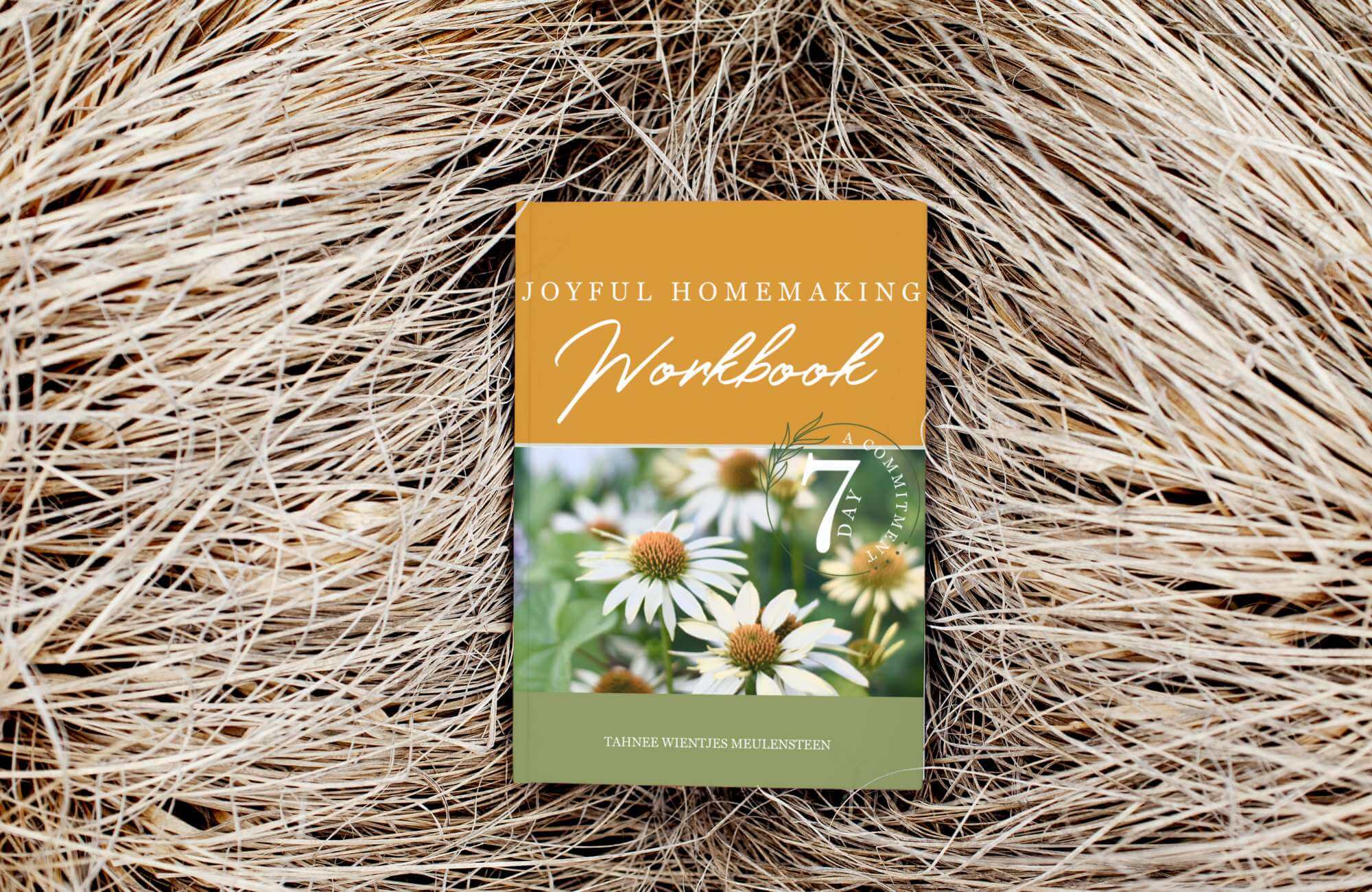
Written by: Tahnee Wientjes
I love to have some fresh sprouts growing in my kitchen. Homegrown sprouts add a touch of green to my kitchen and add extra nutritional value to your meals.
The sprouting process is straightforward. Nothing can go wrong unless you forget to add water to the tray… Growing sprouts is a great place to start growing your food. You don’t need a few acres, just a small spot in your kitchen will do.
Table of Contents
Edible sprouts?
Seed sprouts are tiny plants that form after germination.
For edible sprouts, you place the small seeds in a seed tray and add water up to the grid where the seeds are on. If you keep the seeds moist they will germinate.
The fresh water and nutrients in the endosperm are sufficient for the dormant seed to germinate and grow until ready to eat. The seeds don’t need any additional source of nutrients. You can even sprout smaller seeds on damp paper towels! So, no fancy equipment needed.
The sprouting seeds will sprout and grow if the seeds are kept moist. The little shoots will form seed leaves and soon the tray will be full of tiny leafy greens. These tiny plants can be harvested after 3-5 days after germination. These baby plants of various vegetables are chock full of vitamin C, B-vitamins, and minerals.
Different seeds
Broccoli sprouts, mung bean sprouts, and alfalfa sprouts are among some of the most popular sprouts. But almost all vegetables have edible sprouts.
Pea sprouts and mustard sprouts can be grown from the seeds you may already have at home (read on to learn exactly which seeds can be sprouted). Homegrown sprouts come in so many different tastes, that there's sure one that you'll love.
Best sprouting seeds to start with
Almost all vegetable seeds can be sprouted. And smaller seeds are super easy to grow. Homegrown sprouts are nutritious and a tasty addition to salads and sandwiches.
Give these easy-to-grow edible sprouts a try and grow your fresh sprouts. Some raw sprouts can go straight to the salad bowl. Let's start with some basics...
Ready to take your homemaking to the next level?
Learn what you need to find joy in homemaking.
Dive into one topic each day, for seven days. It covers the basic topics for the modern homemaker to find joy and purpose as you manage your home.
My workbook is available from Amazon. Order now and jumpstart your homemaking journey.
What seeds can be sprouted?
Most seeds can be sprouted and eaten in their infant stage. Some are especially great for sprouting. I like to sprout mung beans, mustard, and watercress.
The list of edible sprouts you can grow in your kitchen is almost endless. Some vegetables you can sprout are broccoli, radish, kale, rocket, beets, parsley and basil.
There's no difference between regular seeds and sprouting seeds. They will produce the same sprouts and plants. However, some regular seeds are GMO (genetically modified) and/ or sprayed with chemicals before shipment. Therefore, it's always wise to choose organic and open-pollinating seeds, they're safe to use for sprouting seeds as well.
On the other hand, sprouting seeds are safe for sprouting and not sprayed or GMO. So, if you're not sure if the seeds you already have at home are NON-GMO and organic, it's better to go to your local garden center and buy some sprout seeds.
Lastly, when it comes to differences in seeds, smaller seeds are a bit more convenient for sprouting than large seeds. But still, most different types of seeds can be used for sprout seeds. The smaller the better, and always choose organic.
What do you need for homegrown sprouts?
There's not much you need to grow sprouts at home. All you need is seeds, a sprouting tray, some cool water, and these step-by-step instructions.
Sprouting dishes or trays are specially designed to grow microgreens and sprouts. A sprouting dish or trays consists of shallow trays that you fill up to the seeds. Make sure to add enough, but not too much water.
A glass sprouting dish with a fine mesh grid is especially convenient for smaller seeds like alfalfa and mustard. For larger seeds like peas and mung beans, a glass jar or mason jar is fine. A sprouting jar has a sprouting lid that allows airflow.
You can buy special starter kits that contain, but to start, a simple glass sprouting dish will do, or even some damp paper towels.
What's the best place to grow edible sprouts?
For your seeds to sprout, they need a light, room-temperature place. A sunny windowsill or direct sunlight is often too warm and light. When you prefer leaves with a deep, vivid green color, a dark place is best. Or, place a sleeve or towel around the sprouting jar. Mung beans will grow into pale white sprouts if grown in a dark place.
Sprouts need to grow strong and leaves should appear when they're still quite low. If your sprouts grow too fast, they'll become flimsy and weak.
Homegrown sprouts don't take up much space. A place on your kitchen counter that's not drafty, moderately warm and/ or in direct sunlight is a good place to grow sprouts.
Starting sprouts
Make sure your sprouting tray/ glass jar is clean. This is important to prevent mold and unwanted bacteria from growing.
If you're using a glass sprouting tray like mine, spread about a teaspoon of seeds over the tray. A lot of sprouts will form, so a teaspoon is enough.
A glass sprouting tray is great for use with fine seeds like mustard and watercress. Fill the tray with water until just under the stainless steel grid.
Add clean water daily. Some vegetable sprouting seeds have shells that fall off once the seeds germinate. The seeds' shells can start to mold. This is easily preventable by changing the water daily.
Place the sprouting tray in the kitchen in the right place. Look at the seed package and how long it will take before you can harvest your first, homegrown, edible sprouts. This generally varies from 1 to two weeks. Give your sprouts a final rinse before you eat raw sprouts. There you have it! With a little effort, you've grown your own food, right from your own home. Lovely!
List of sprouting seeds
Here's a list of different kinds of seeds that you might have in the pantry, that you can sprout today.
- chickpeas
- green peas
- mung beans
- wheatgrass
- mustard seeds
Tips for growing edible sprouts
- The most common seeds can be bought in your local garden center or sometimes your grocery store might carry regular seeds as well. Whenever I can, I go for organic seeds.
- Contact your local seed company for any special type of seed for sprouting.
- To prevent mold from growing, drain excess water and only fill water up to the seeds. There should be enough, fresh water in the tray, but the seeds shouldn't be in the water.
- Some other less-known varieties that are worth trying include grain sprouts in homemade bread. Also, red clover sprouts and lentil sprouts in a salad.
- Soak seeds from larger seeds like peas and chickpeas for about 8 hours before placing them on the sprouting tray.
It's so much fun to experiment with different types of seeds because they grow quickly and are super easy to grow. You don't need a lot of supplies and results are quick. What will be the first variety of sprouting seeds you're going to try?



